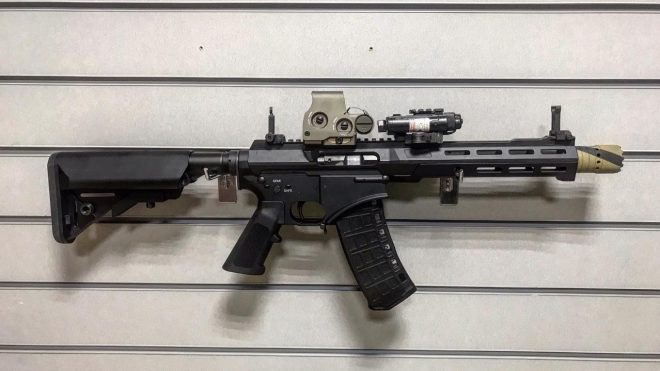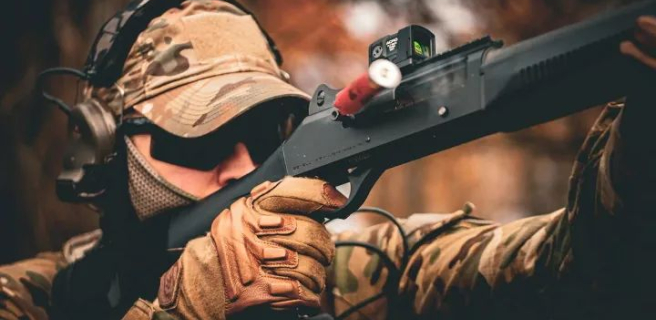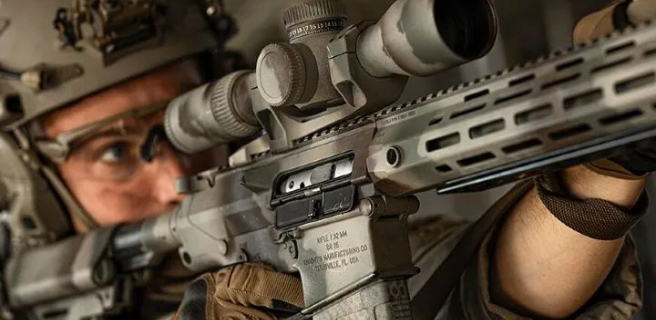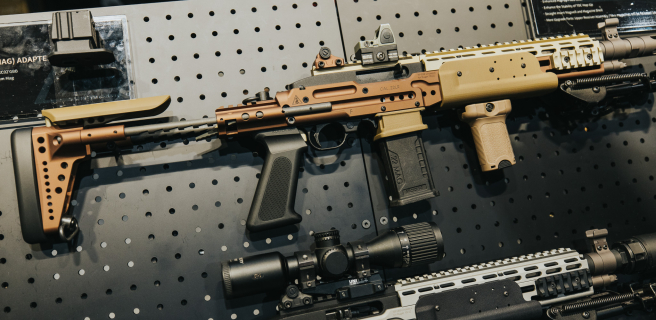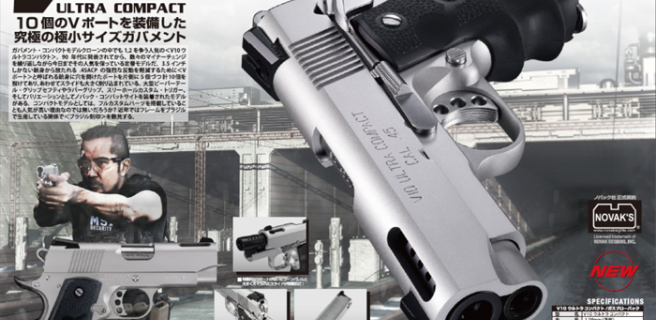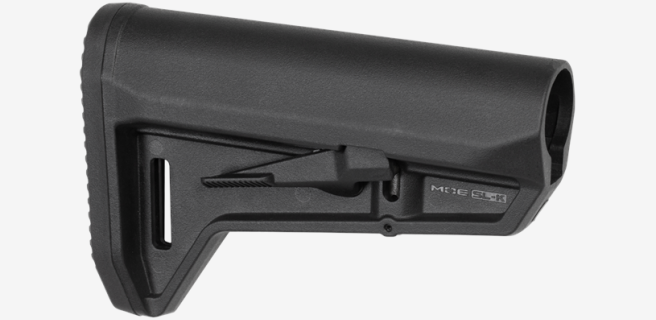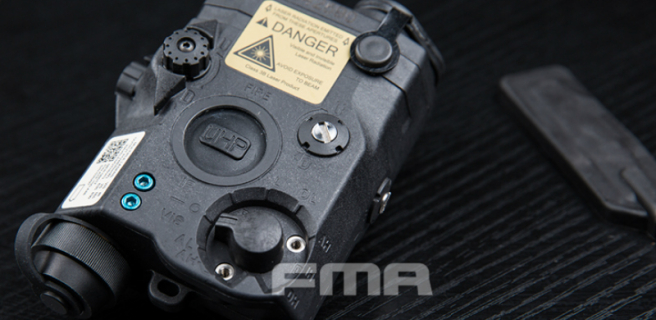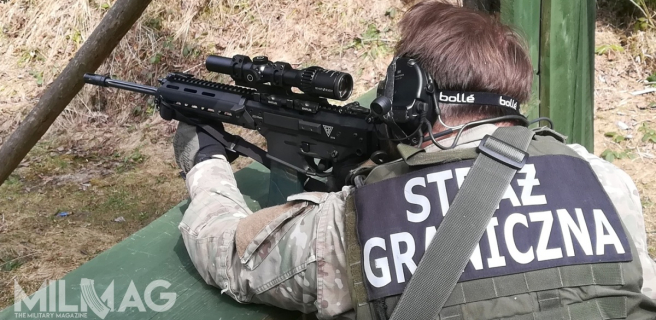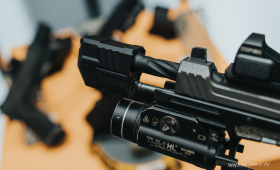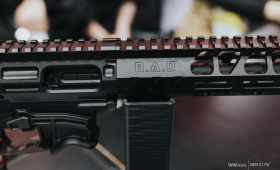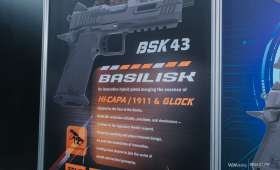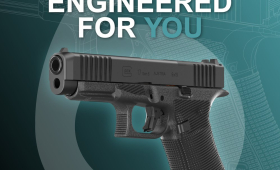Russia is the AK country, there is no doubt about it, but apart from the obvious (AK being its native design), there are other reasons why other platforms, such as the AR15, are less popular. Is there a place for the American design in Russia?

The first reason for the domination of the AK seems to be the fact that the greater part of the rifle community (mostly men) in Russia is perfectly familiar with the AK system due to their military service. The Russians are also convinced of the mythical reliability of the AK system and the high (naturally exaggerated) unreliability of the AR system.
The Russians also seem "distrustful" of the .223 Remington/5.56x45mm NATO round, while worshiping the 7.62x39mm ammunition. The attitude to this ammunition causes manufacturers producing AR rifles to try to introduce models chambered for the 7.62 x 39 mm ammunition to the Russian market. It is not a question of the price of the .223 ammunition, as domestic companies such as Barnaul or TulAmmo offer it at prices similar to the "AK ammunition".

The last reason seems to be the price ratio between well-made domestic AKs carbines from Kalashnikov and Molot Oruże and the, often imported, AR designs.
For example, a Saiga-MK rifle (a civilian copy of the AK-103) costs about 36,890 RUB (about 575 USD), and a Molot Vepr at 7.62×39 costs 38,800 RUB (about 600 USD). AR carbines in Russia are much more expensive, and even the cheapest ones cost about 2.5-3 times more than the mentioned AKs.
Until now, several manufacturers have attempted to market several AR15 designs, based on standard solutions of the Stoner system (ADAR, ORSIS, TechCrim), offering rifles based partly on their own production and on imported parts.

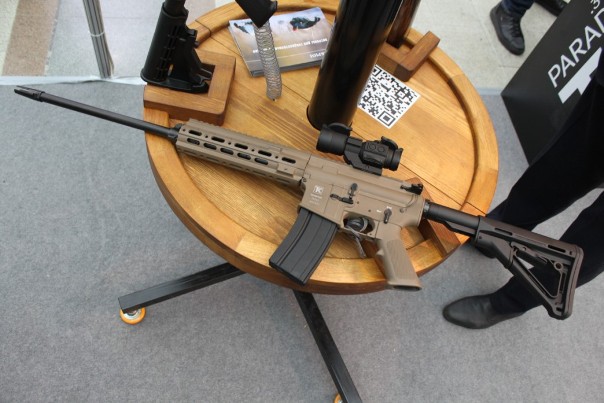

However, a different philosophy seems to be presented by the designer of the RA-15, a former Russian special forces operator, Dmitry Khukhayev. The constructor himself deciphered the abbreviation of the rifle's name as Russian Arms (a company supporting the development of the design), and the "15" is a tribute to Eugen Stoner's AR15 platform.
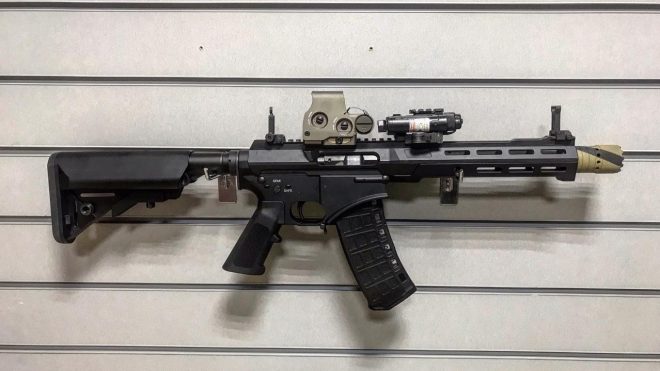
The idea behind the development of the RA-15 was to increase the reliability of the AR-15 platform without compromising the proven solutions and features it already offers: low weight, precision manufacturing and high ergonomics.
The RA-15 carbines are powered by the 5.56×45 mm round and, unlike the original, have a monolithic upper receiver combined with the handguard in the M-LOK system (similar solutions can be found, among others, in SCAR rifles and selected AR15 models by LMT). The weapon also does not have a spent casing deflector, a forward assist or a ejection port cover, features characteristic for the AR15. The weapon, in line with the global trend, has double-sided manipulators, i.e. the safety/selector switch, as well as the bolt catch and the magazine release buttons.
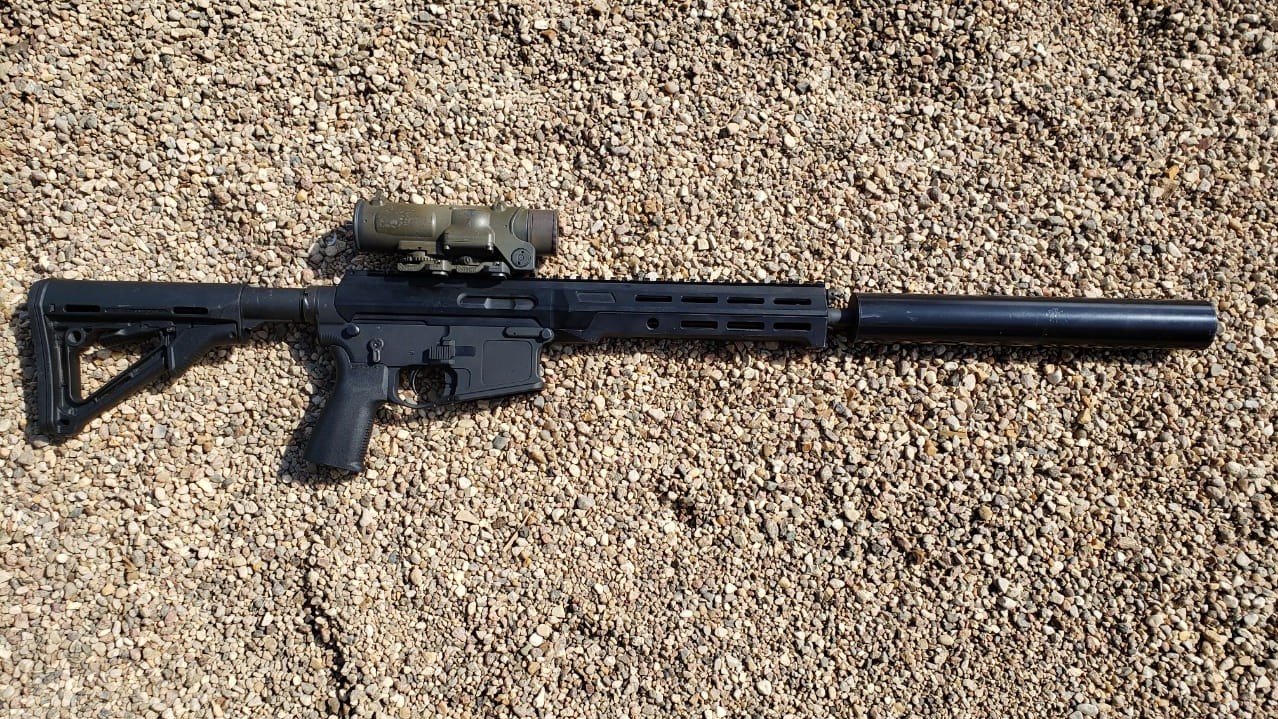
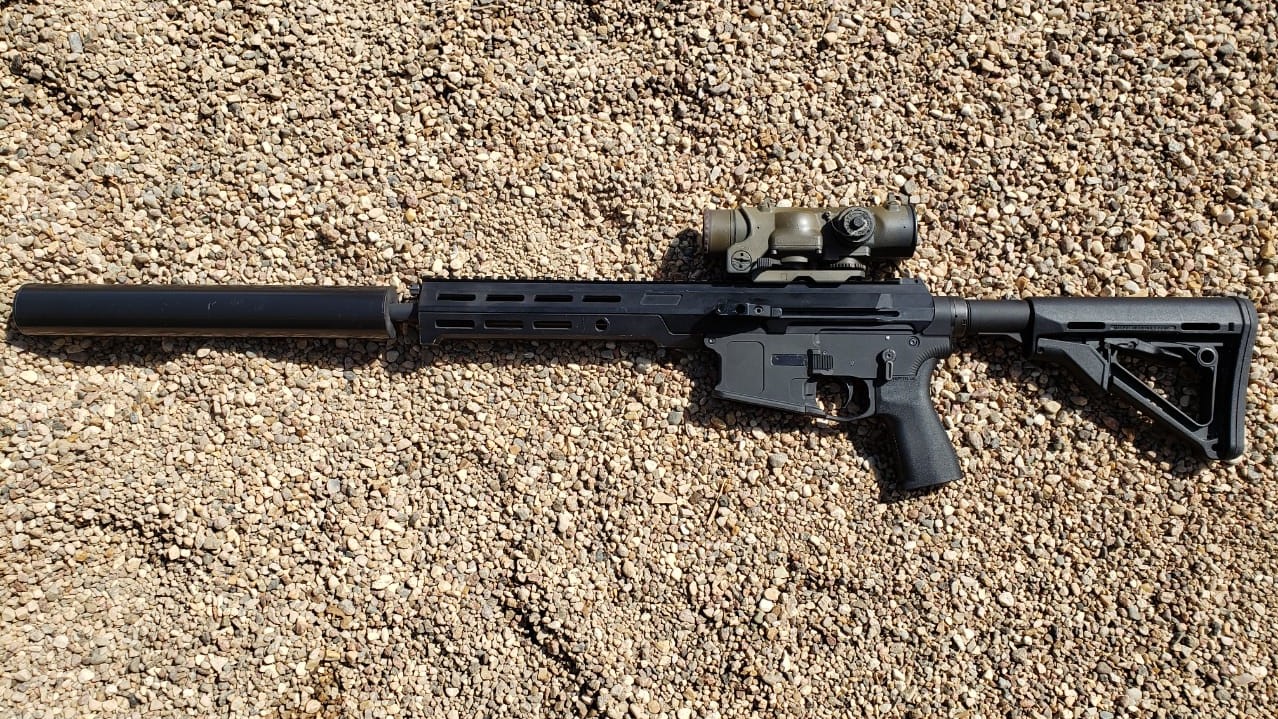
Undoubtedly, a big curiosity is the location of the charging handle on the side of the upper receiver, not on its top, as is the case in most AR designs, and the bolt catch is places need the trigger guard, as is the case, among other desgings, in the Bushmaster ACR or the Polish MSBS GROT.
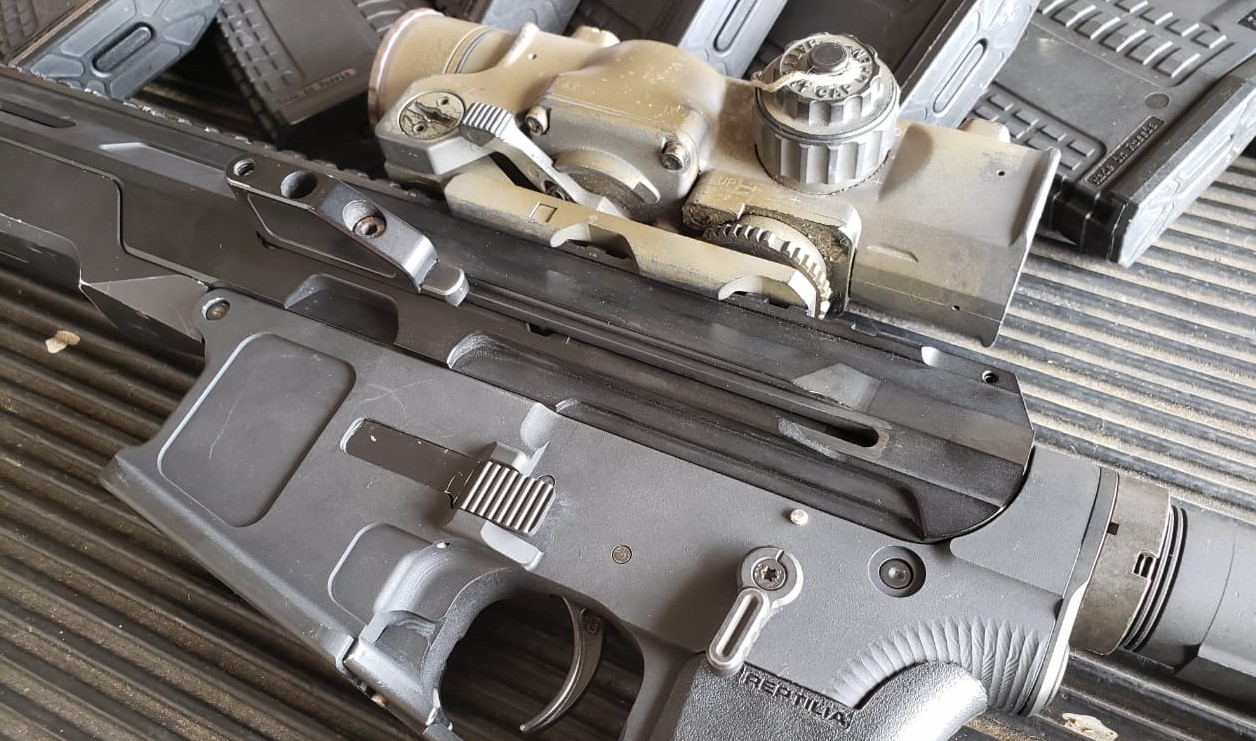
The RA-15 is designed around a short stroke piston system with an adjustable gas block that allows to adjust the powder gas pressure when using the silencer.
Perhaps the most interesting part of the whole system is the bolt with a changed geometry of the lugs. According to Dmitry Chukhayev, this change significantly improved the reliability of the weapon in difficult conditions.
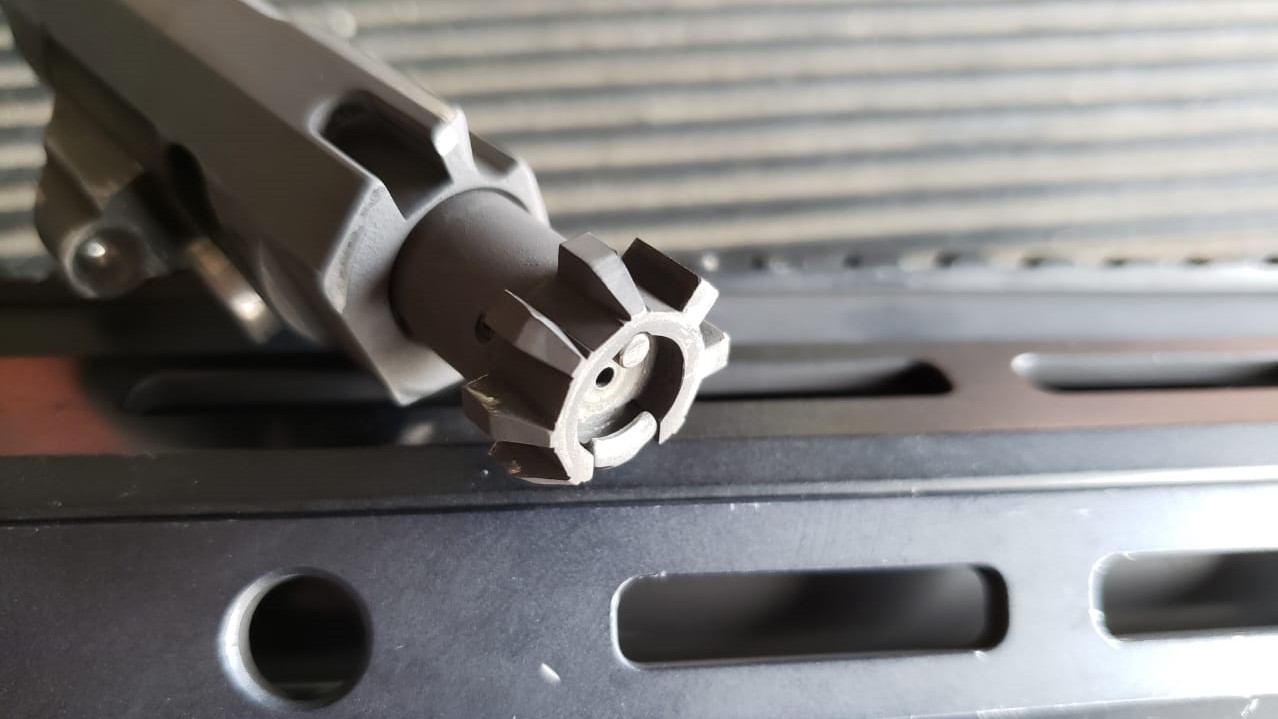
The first batch of rifles should leave the factory this year and the weapons will be sold primarily on the Russian civilian market. The chances of the Russian uniformed services officially accepting the RA-15 into service are minimal, for obvious reasons.
Based on materials from: thefirearmblog.com

